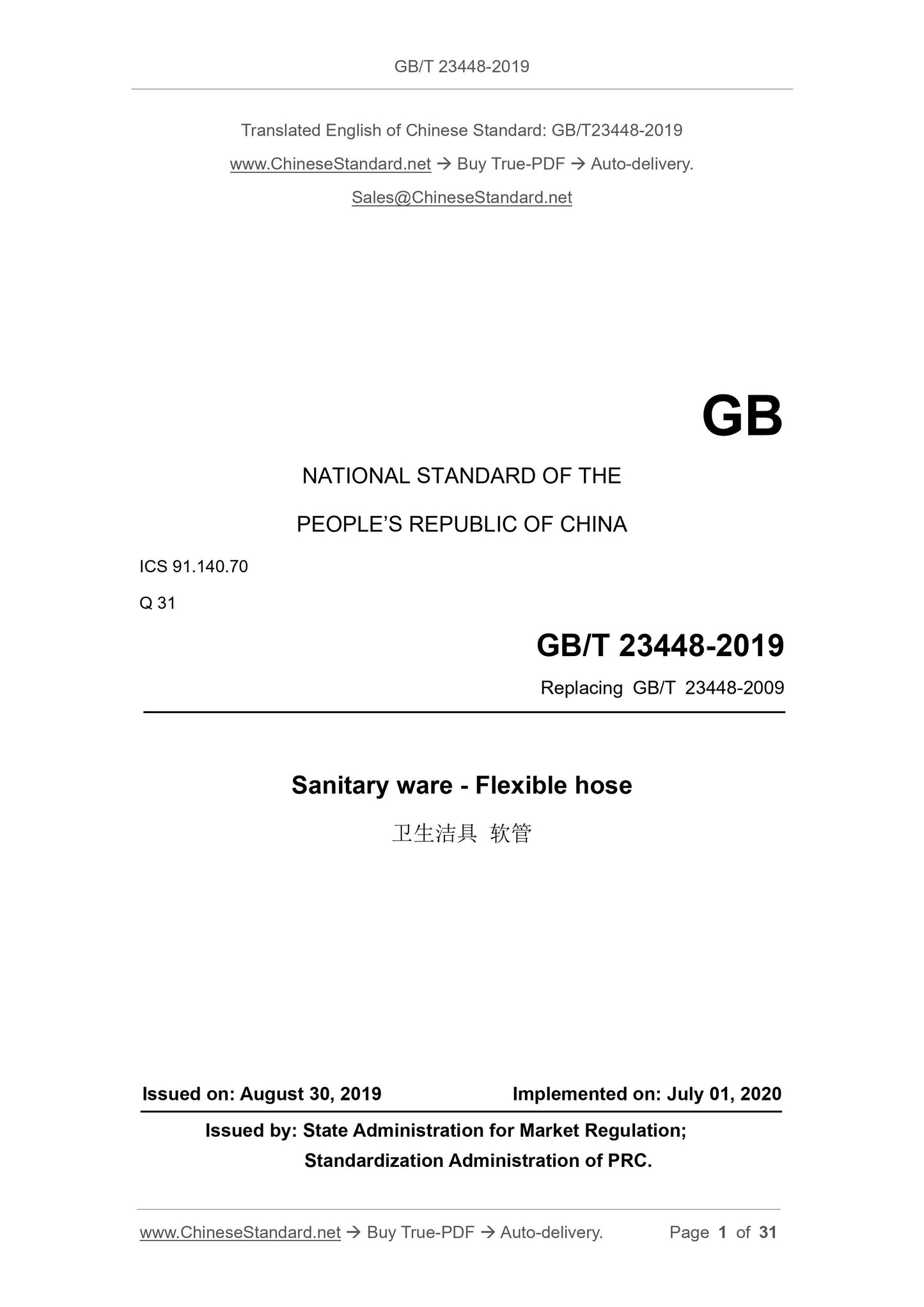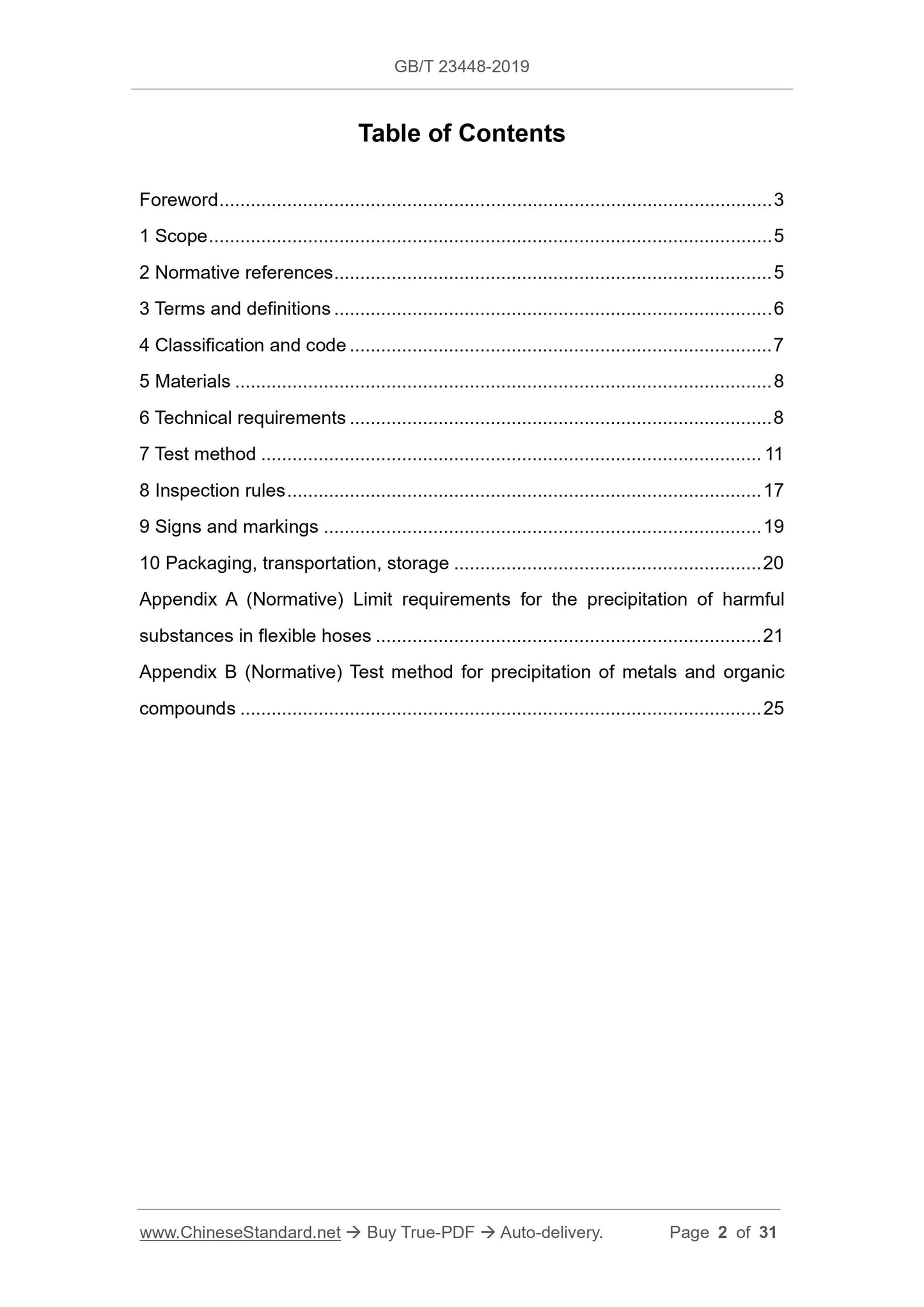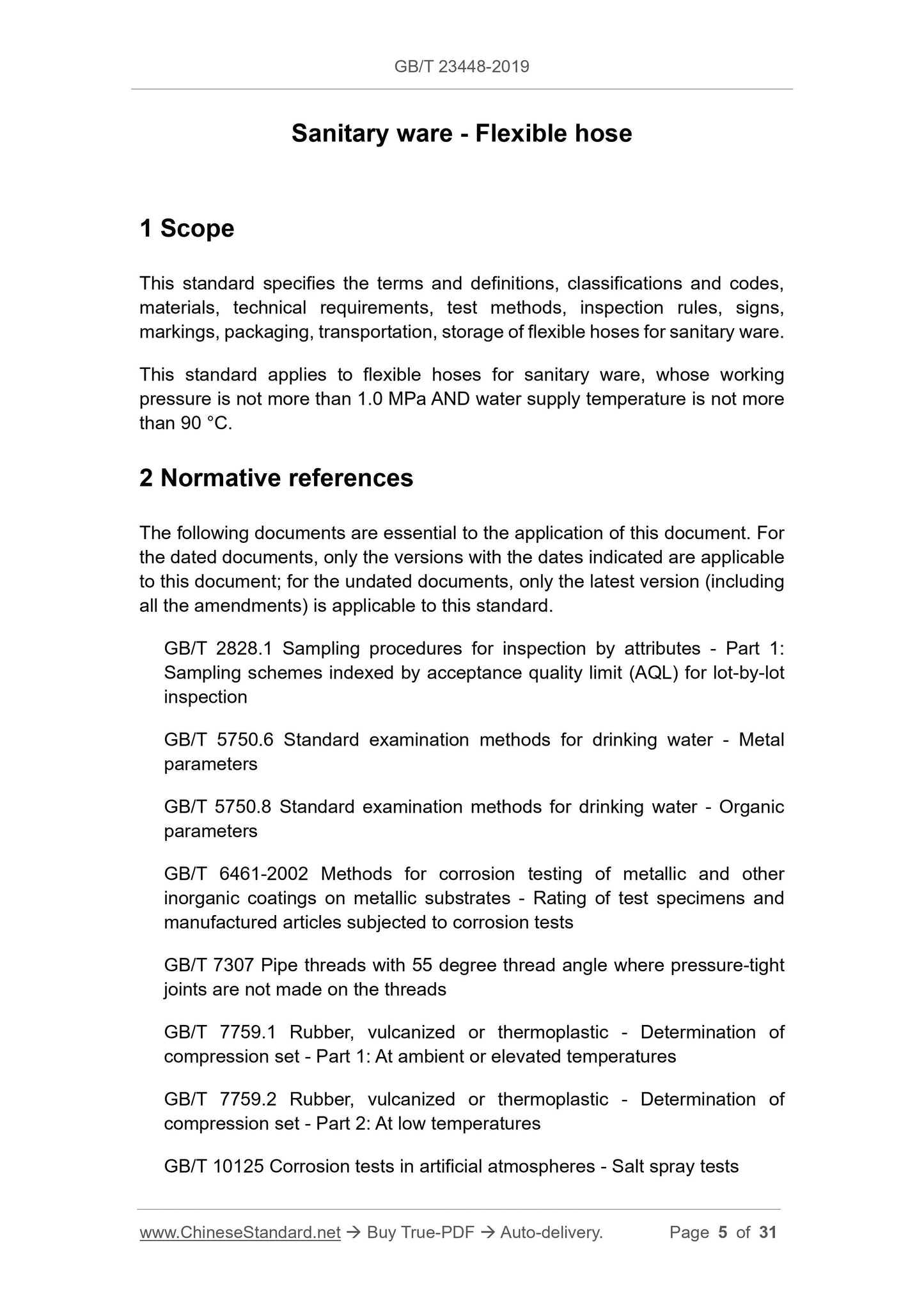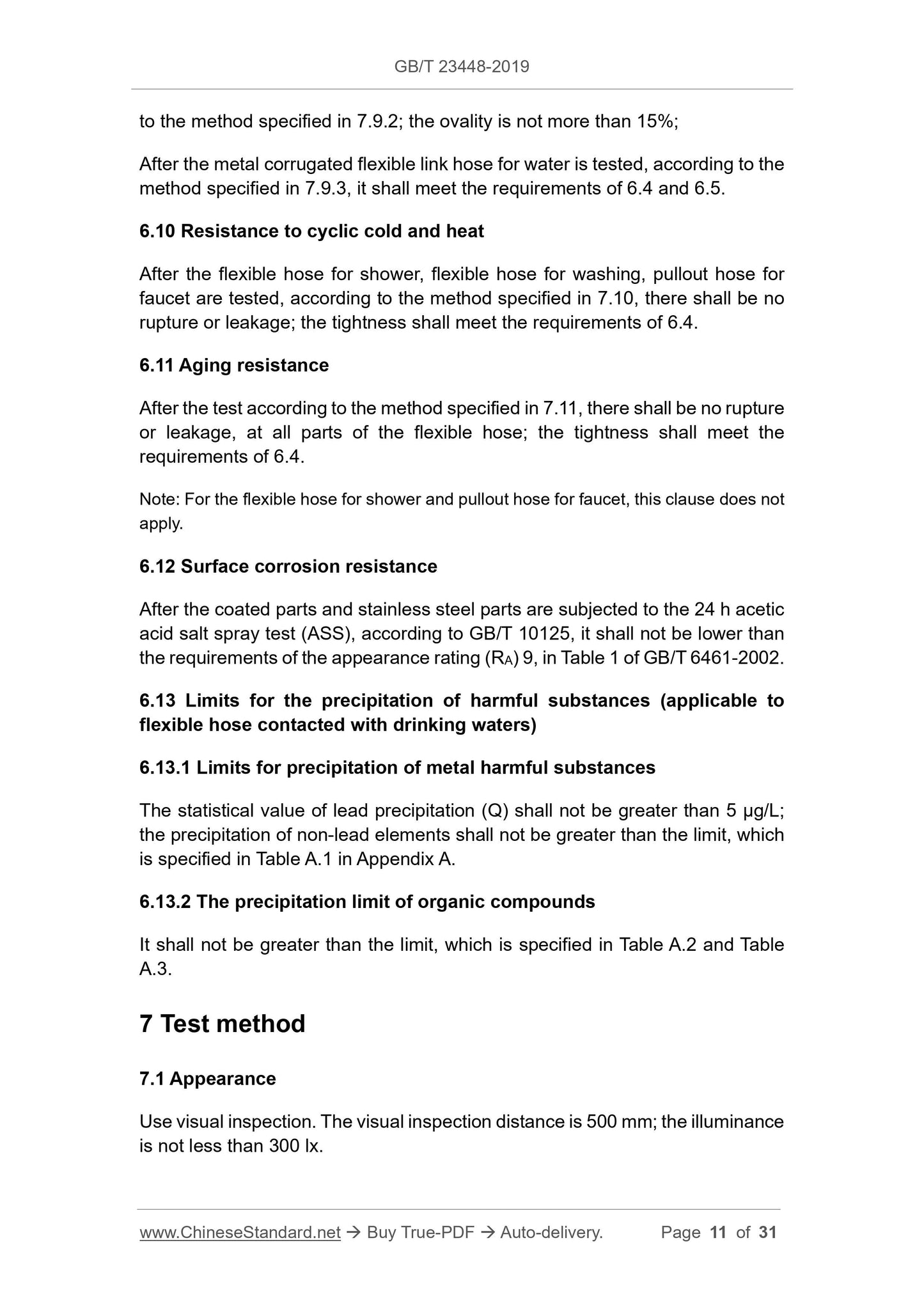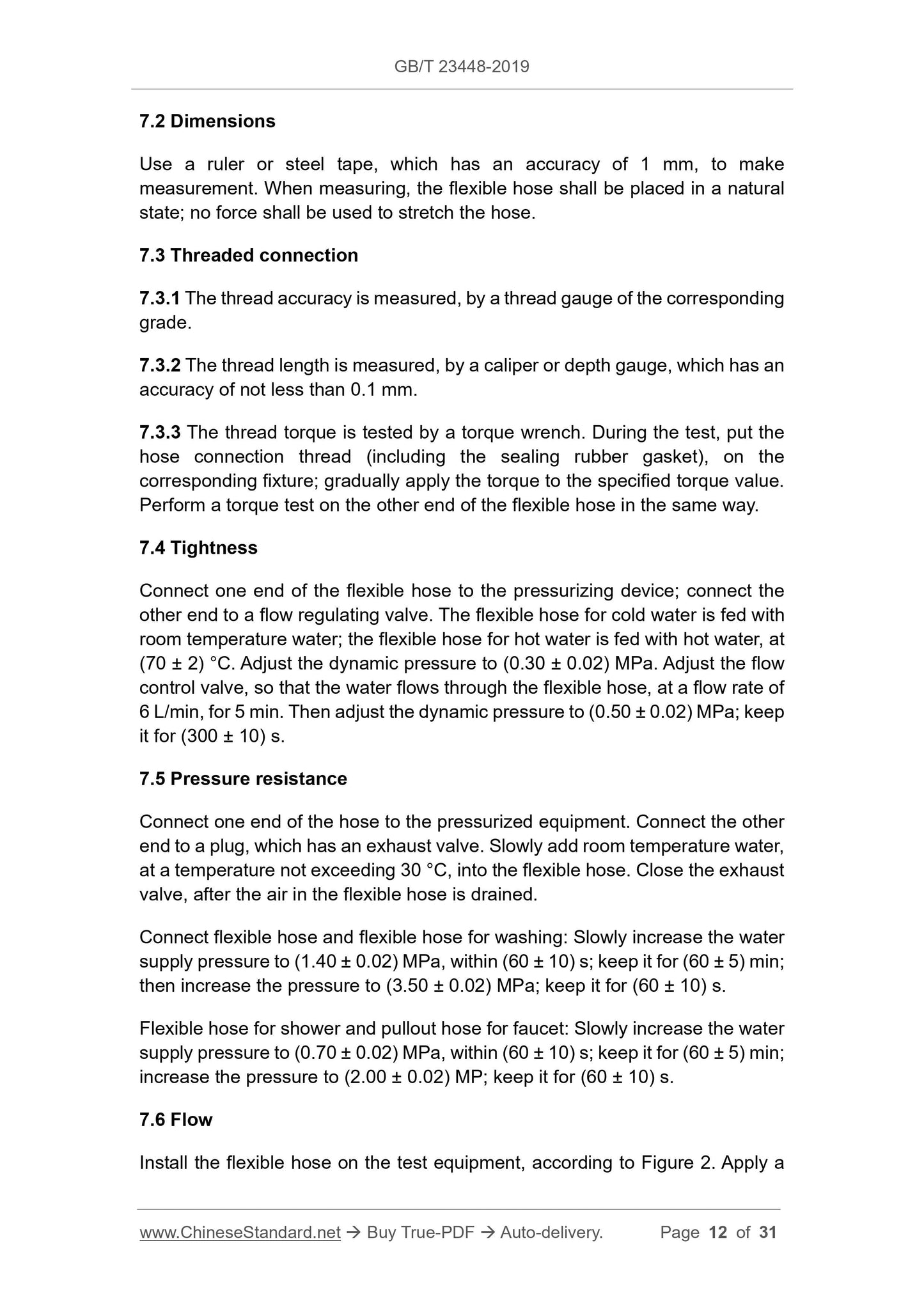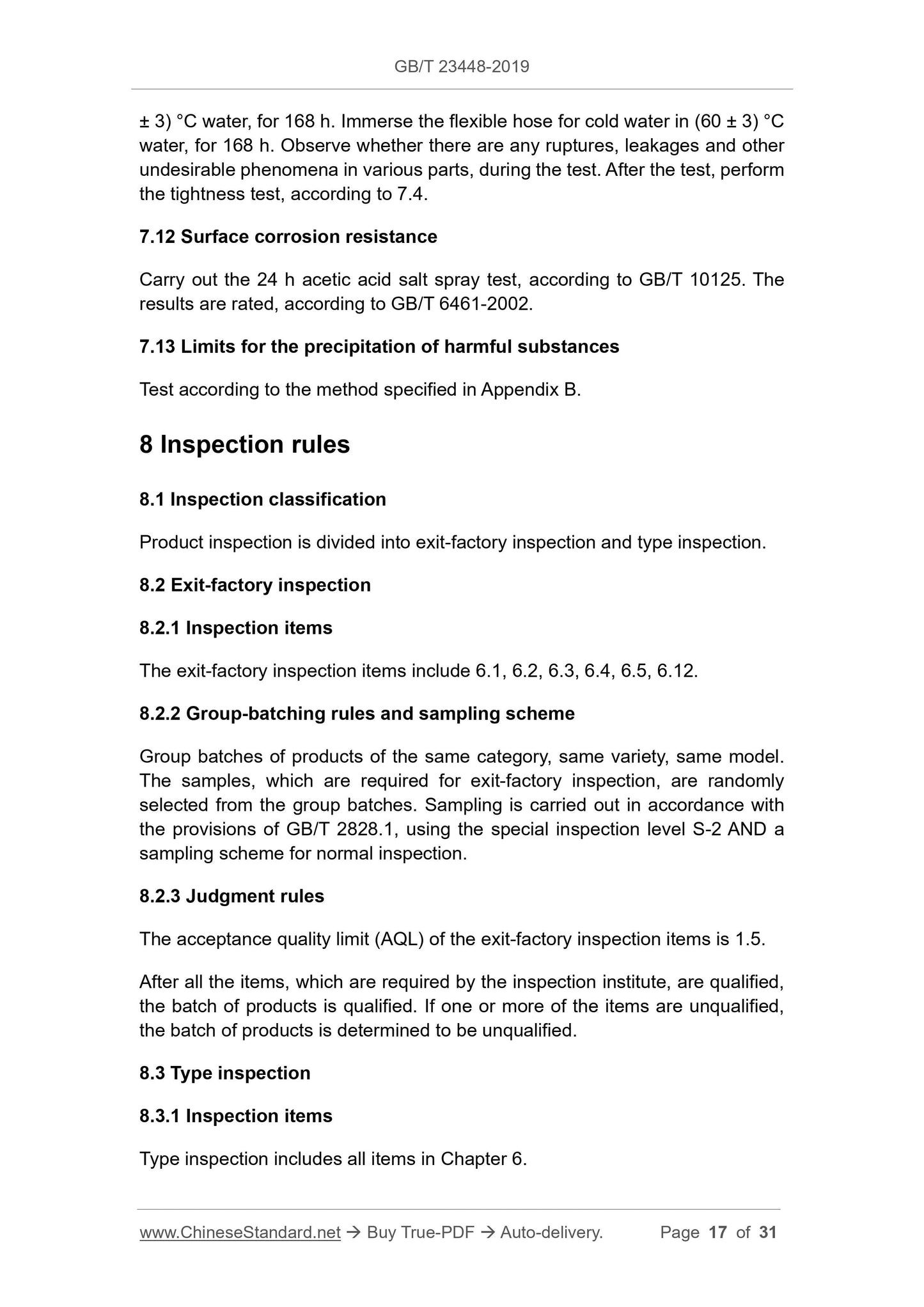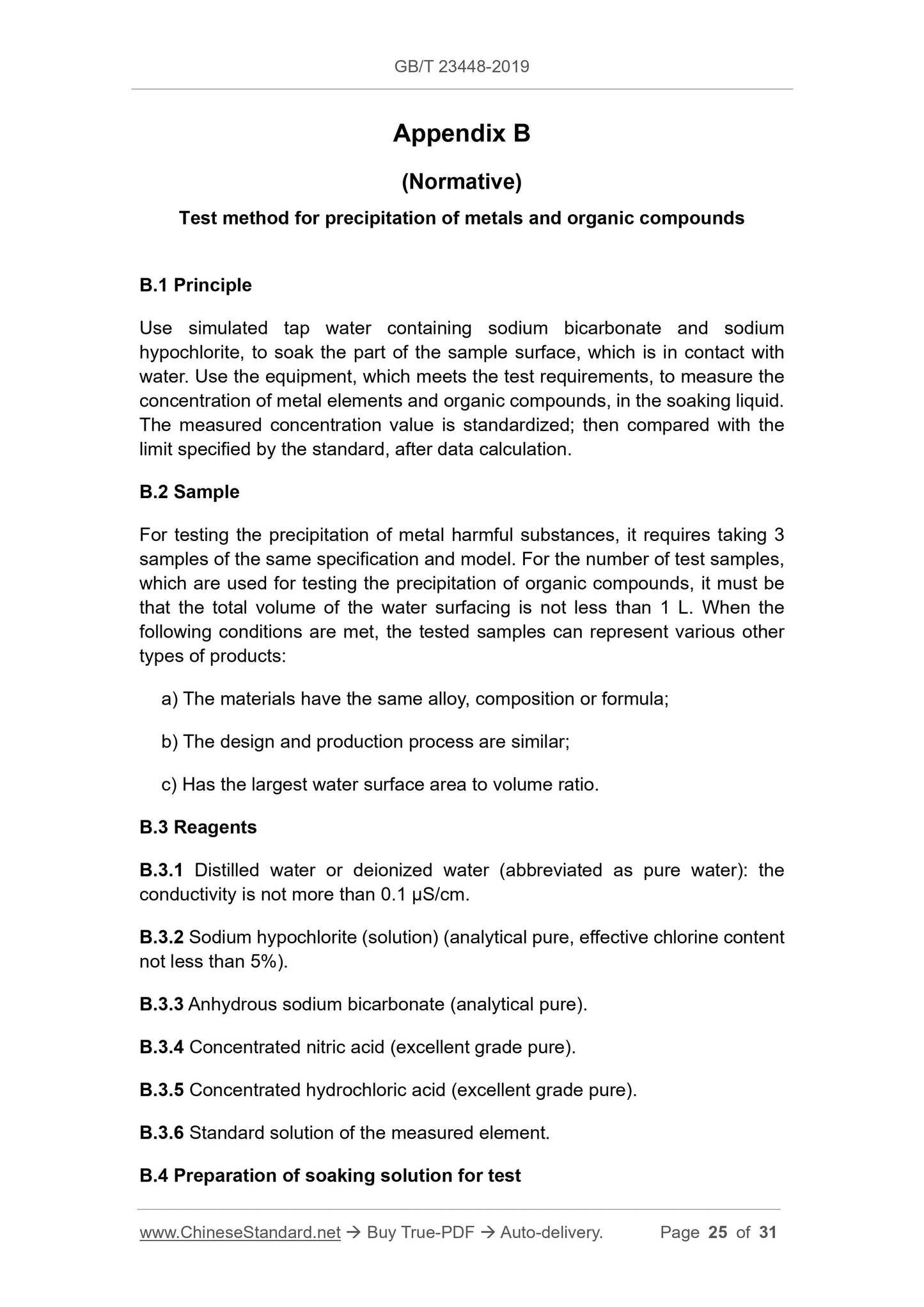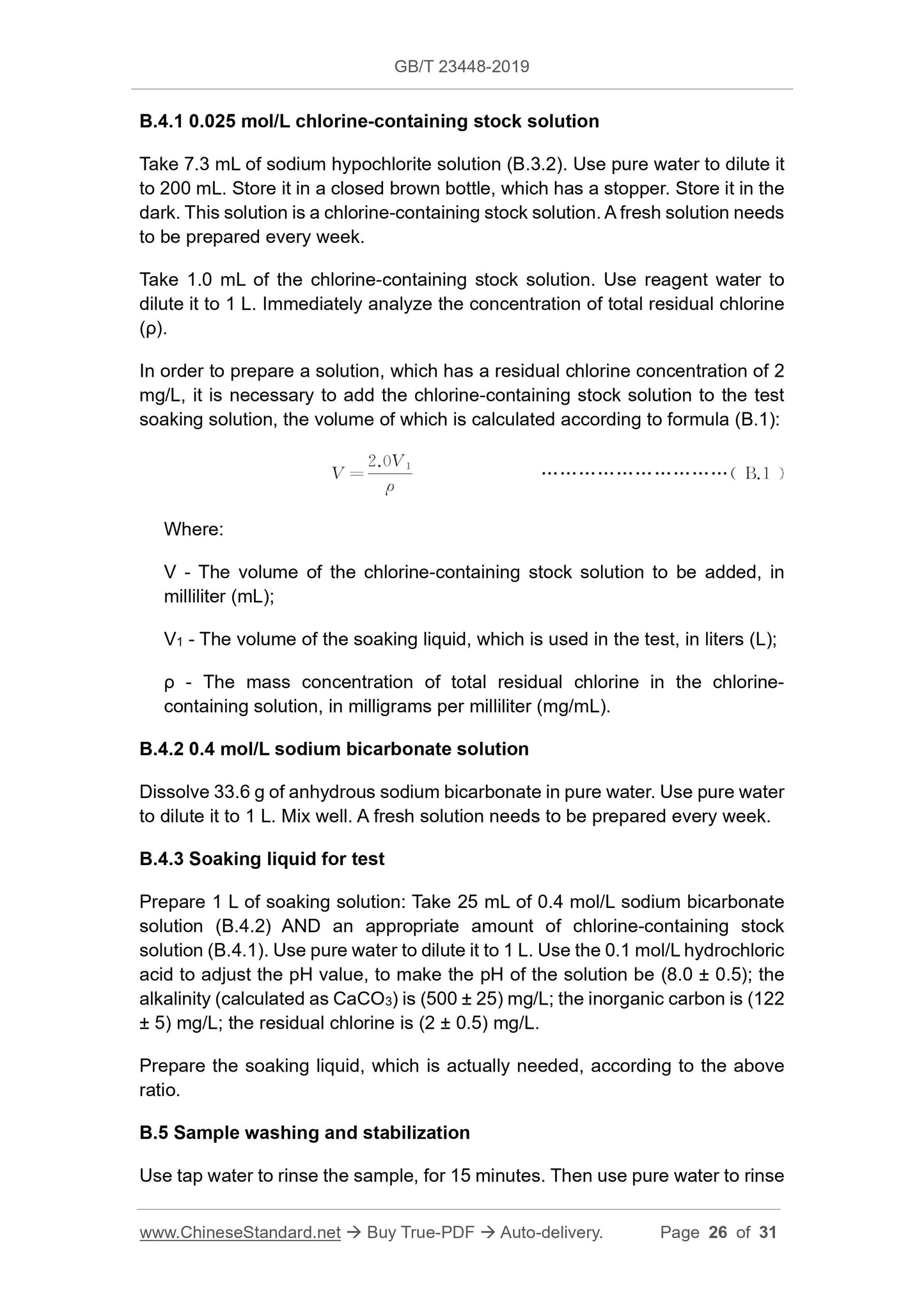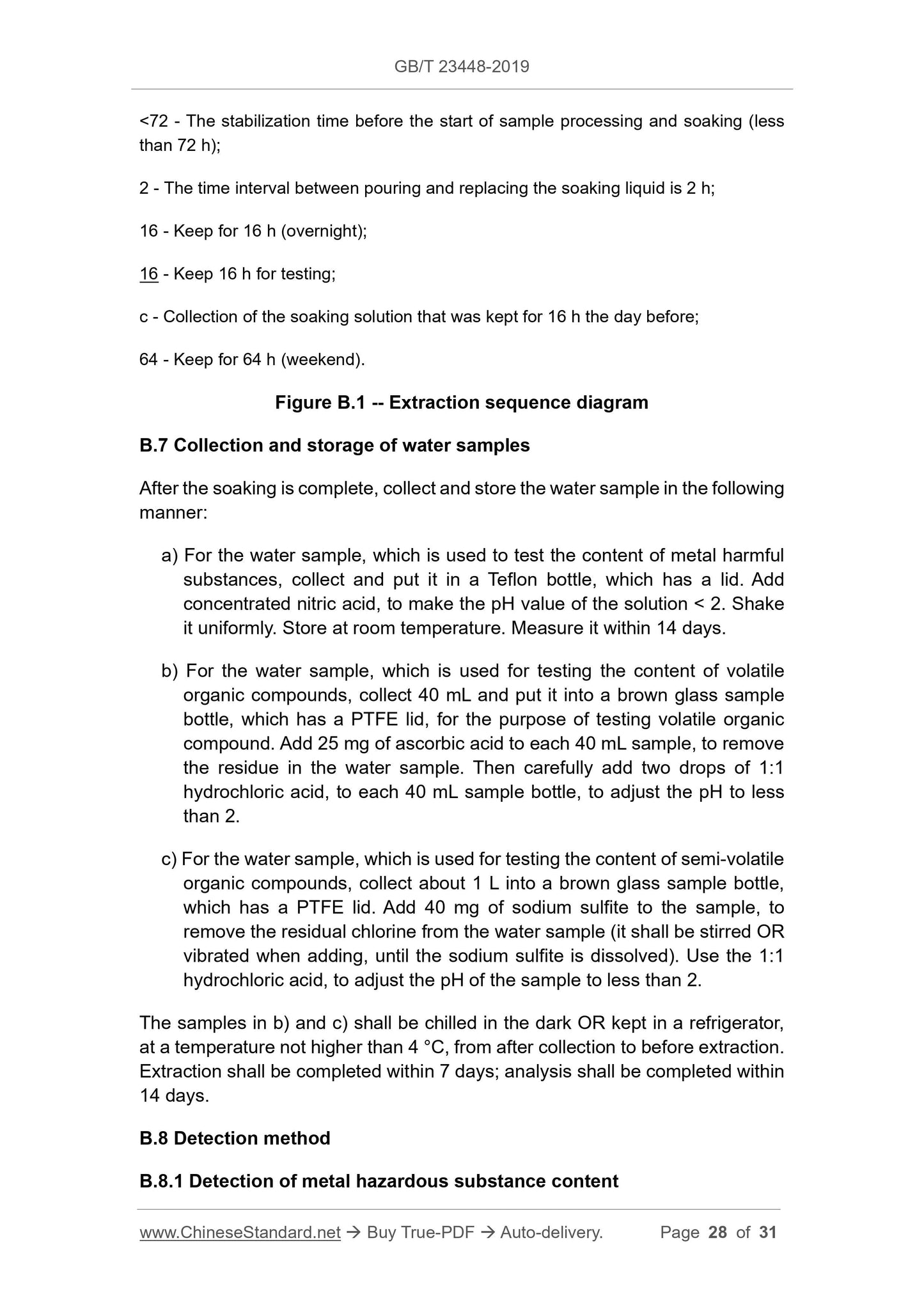1
/
of
9
www.ChineseStandard.us -- Field Test Asia Pte. Ltd.
GB/T 23448-2019 English PDF (GB/T23448-2019)
GB/T 23448-2019 English PDF (GB/T23448-2019)
Regular price
$225.00
Regular price
Sale price
$225.00
Unit price
/
per
Shipping calculated at checkout.
Couldn't load pickup availability
GB/T 23448-2019: Sanitary ware - Flexible hose
Delivery: 9 seconds. Download (and Email) true-PDF + Invoice.Get Quotation: Click GB/T 23448-2019 (Self-service in 1-minute)
Newer / historical versions: GB/T 23448-2019
Preview True-PDF
Scope
This standard specifies the terms and definitions, classifications and codes,materials, technical requirements, test methods, inspection rules, signs,
markings, packaging, transportation, storage of flexible hoses for sanitary ware.
This standard applies to flexible hoses for sanitary ware, whose working
pressure is not more than 1.0 MPa AND water supply temperature is not more
than 90 °C.
Basic Data
| Standard ID | GB/T 23448-2019 (GB/T23448-2019) |
| Description (Translated English) | Sanitary ware - Flexible hose |
| Sector / Industry | National Standard (Recommended) |
| Classification of Chinese Standard | Q31 |
| Classification of International Standard | 91.140.70 |
| Word Count Estimation | 22,257 |
| Date of Issue | 2019-08-30 |
| Date of Implementation | 2020-07-01 |
| Issuing agency(ies) | State Administration for Market Regulation, China National Standardization Administration |
Share
